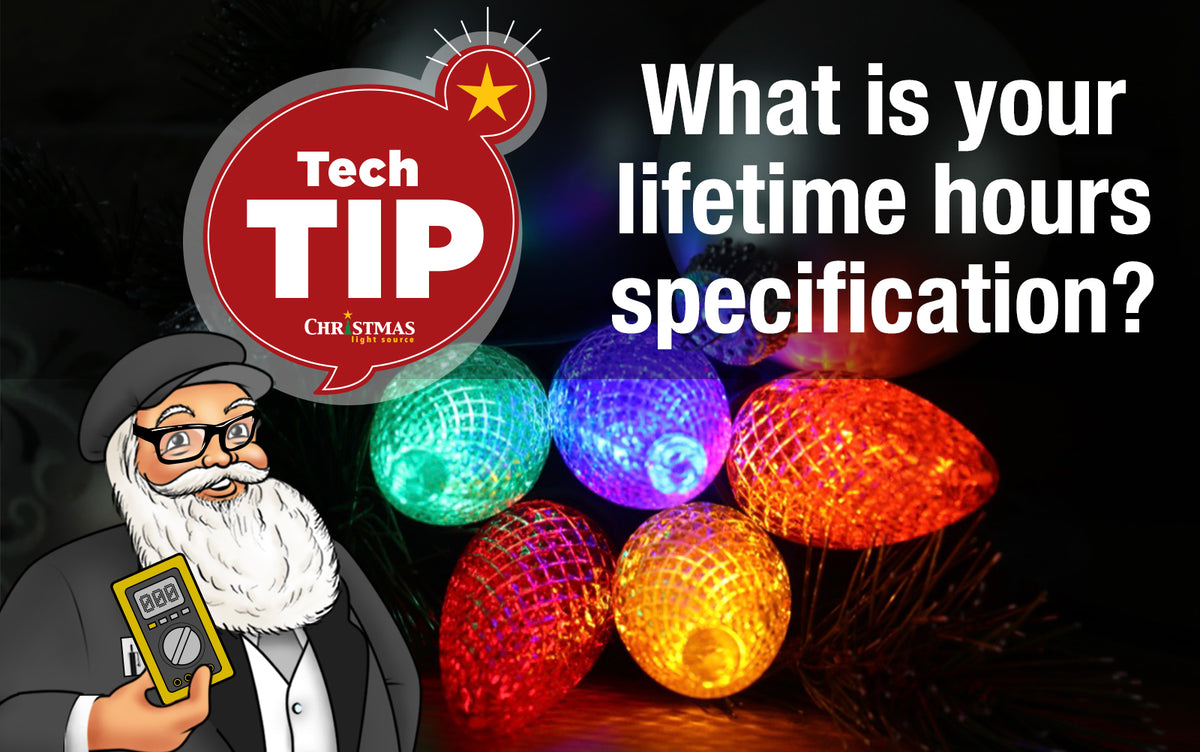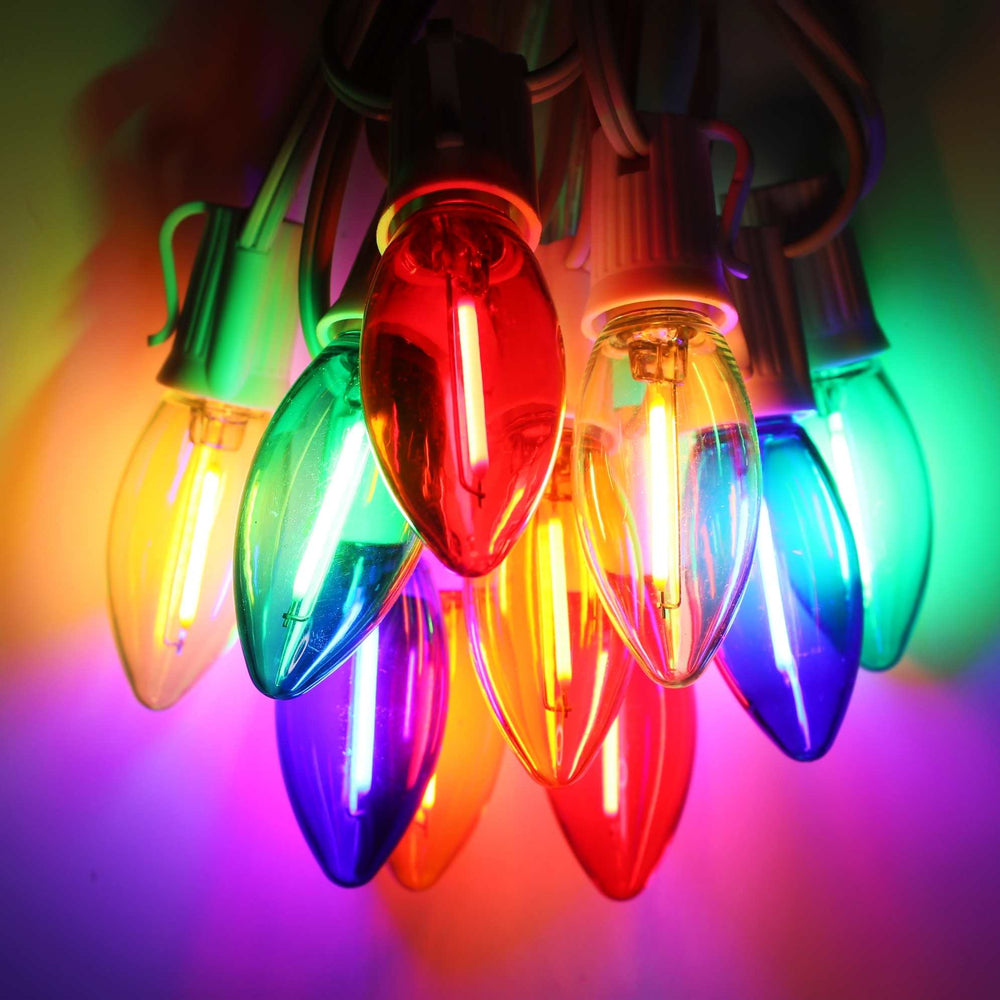

We see this question often enough that we thought we'd make a blog post of it, since we answered this question just this morning.
The question is really about that multi-tens-of-thousands of hours lifetime specifications/promises that some folks make about LED bulbs and light strings.
Why haven't we jumped on that bandwagon?
Because we like to set our customer's expectations properly.
We still remember when LED light strings were spec'd with 19 years of "expected" lifespan. That's a pretty tall order if a string of lights is installed on a beach in the Bahamas or installed in the Rockies during a harsh winter. It's not practical or realistic.
These specifications are for "in-vacuum", perfect conditions, and they don't take into account wear and tear on light string wiring or corrosion on bulb bases due to environmental exposure.
Do LED lights last longer than incandescent lights?
Most of the time, the answer to this question is YES. For an environment with a high amount of noise and impulses on the line, though, this answer would turn to a NO—especially if a surge protector isn't used.
LED light strings and bulbs are durable, fade-resistant, use up to 90% less energy (or even better for some products) than their incandescent counterparts, but their ultimate lifespan is determined by their installation environment, quality of electrical input, and the general squirrel population in your neighborhood. Squirrels.
As Gollum would say, "We hates the squirrels".
So what exactly is the Average Rating Lifetime Hours specification?
We list the average lifetime hours in our specification tables so that as you shop, you'll be able to compare our bulbs and use this number as one of your shopping comparison points.
This specification is like Miles Per Gallon on the last car you purchased, It is a guideline, not a promise. This is one of those estimated terms (like that MPG) from the engineers who designed the bulbs that may or may not ultimately hold true in your environment, but it is a good one to use to make sure you are comparing apples to apples as you research your purchase.
Ultimately, the lifespan of the bulbs will depend on the physical environment of the installation and the quality of the electrical input. For instance, near Niagara Falls, where power is generated hydroelectrically, if your LED products aren't on a surge protector, then they won't last as long as they could if they were. Eventually, they'll be zapped.
We offer a 90-day normal, seasonal use warranty on all our products—plenty of time to determine if there is a manufacturing defect.
We do see a very low initial failure rate in our LED bulbs—on the order of about .5% according to our latest calculations.
We've had an overall strong positive customer response to our LED bulbs used in application. Note that some are dimmable and others are not. Note that non-dimmable bulbs are not tailored for animated applications. Animation and special effects do decrease the ultimate lifespan of any type of light string or bulb.
We hope that this frank discussion helps answer any questions you have about these types of specifications.



